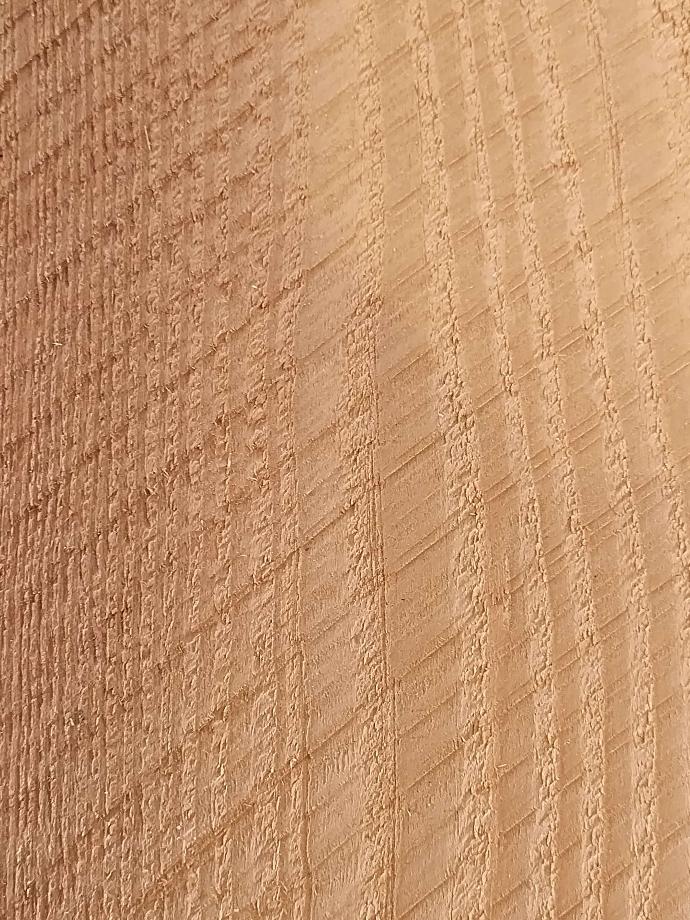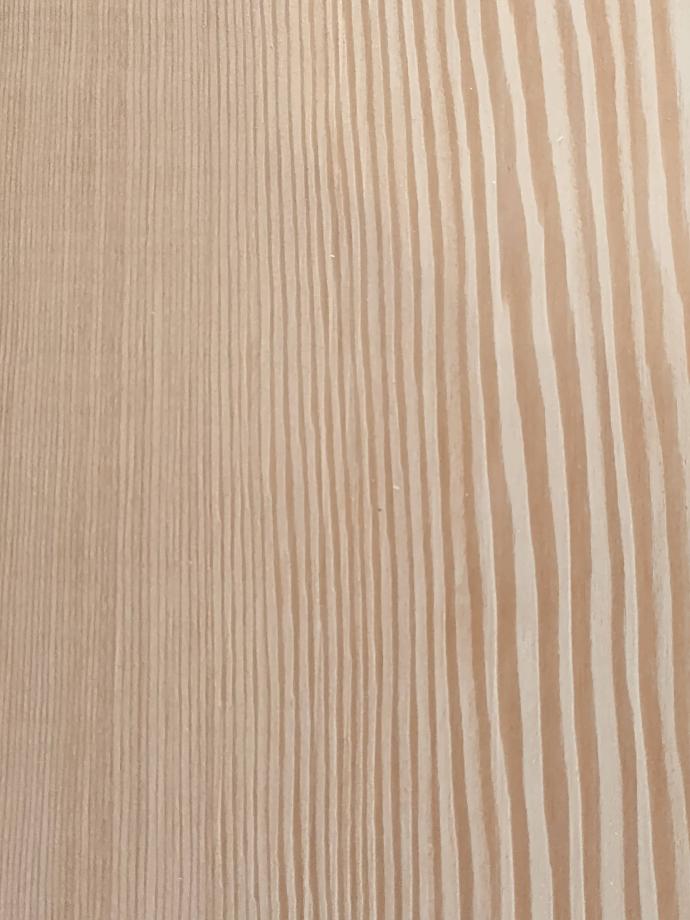When selecting custom timber for your construction project, one critical decision is choosing the type of surface finish you want: rough cut or smooth. Each finish offers its unique aesthetics, functionality, and durability, making them suitable for various applications. In this article, we will compare the features of rough cut and smooth finish timbers to help you determine the ideal choice for your project.
Rough Cut Timber: Rustic Charm and Authenticity

Rough cut timber is lumber that has been sawn and left unfinished, preserving the texture and appearance created by the saw blade. This type of finish offers several benefits, including:
Aesthetics: Rough cut timber features a rugged, rustic appearance that adds character and authenticity to any project. The wood's surface texture showcases the natural beauty of the timber and can enhance the design of traditional, rustic, or even modern structures.
Cost-effectiveness: Since rough cut timbers do not require additional processing to achieve a smooth finish, they are often more affordable than their smooth-finished counterparts.
Versatility: Rough cut timbers are suitable for various applications, including timber framing, exposed beams, siding, and fencing.
However, rough cut timber may not be the best choice for projects requiring a polished, clean appearance or where the wood's texture could cause splinters or other issues.
Smooth Finish Timber: Polished Elegance and Refined Beauty

Smooth finish timber is lumber that has been planed, sanded, or otherwise processed to create a smooth, even surface. This finish offers several advantages, including:
Aesthetics: Smooth finish timber presents a polished, refined appearance that works well in contemporary and traditional designs alike. The wood's surface showcases the timber's natural grain patterns, enhancing its visual appeal.
Functionality: The smooth surface of this timber finish allows for easier cleaning and maintenance, making it ideal for applications where cleanliness and hygiene are essential, such as cabinetry, furniture, or flooring.
Durability: Smooth finish timbers often undergo additional processing steps, like kiln-drying, which can help improve the wood's stability and resistance to warping or shrinkage.
Smooth finish timber is suitable for projects where a polished, clean appearance is desired, and the wood's texture is less critical.
Conclusion
Choosing between rough cut and smooth finish timber ultimately depends on the aesthetics, functionality, and durability requirements of your construction project. Rough cut timbers offer a rustic charm and versatility suitable for various applications, while smooth finish timbers provide a polished elegance ideal for refined, clean designs.
At Montana Custom Beams, we offer both rough cut and smooth finish options, allowing you to select the perfect timber surface for your project. Our team is always available to provide expert guidance and support, ensuring you make the best decision for your specific needs. Reach out to us today to discuss your timber requirements and let us help you bring your vision to life.
Rough Cut vs. Smooth Finish: Which Timber Surface is Right for Your Project?